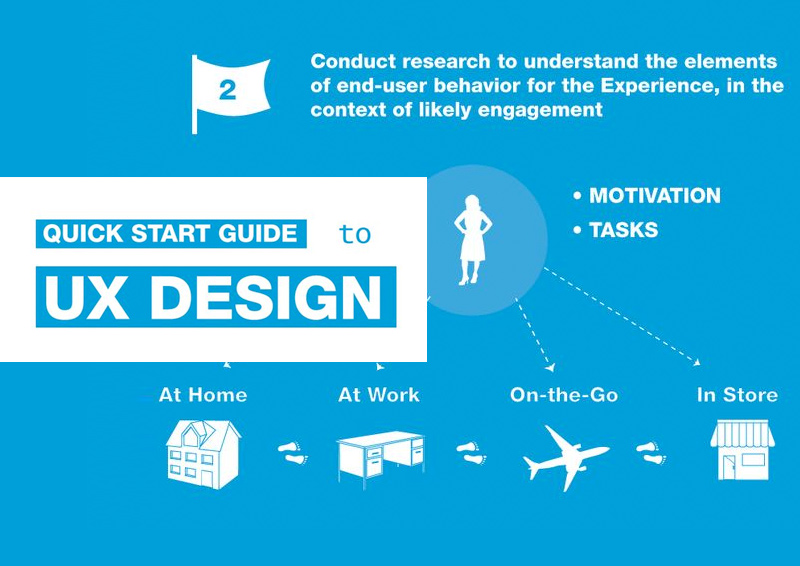The Development Of Internet Site Layout: From Past To Present
The Development Of Internet Site Layout: From Past To Present
Blog Article
Content Develop By-Pappas Stender
In the past, internet sites were straightforward and focused on details. Navigation was direct, and style was for desktop computers. Currently, user experience is vital. Data overviews layouts for simple navigating. Responsive designs suit different devices. Today, dark setting reduces stress, and minimalist food selections improve navigation. Interactive attributes involve individuals, and vibrant visuals stand apart. AI combination increases interaction. See how design has evolved to enhance your on the internet trip.
Early Days of Web Design
In the early days of website design, simplicity preponderated. Internet sites were standard, with restricted colors, font styles, and formats. The focus was on giving details as opposed to fancy visuals. Users accessed the internet via slow-moving dial-up links, so speed and performance were key.
Navigating menus were straightforward, typically located at the top or side of the page. Sites were made for desktop, as mobile browsing had not been yet widespread. Content was king, and designers focused on easy readability over complex layout aspects.
HTML was the main coding language made use of, and designers needed to work within its restraints. Computer animations and interactive functions were very little compared to today's requirements. Sites were fixed, with little dynamic material or customized customer experiences.
Rise of User-Focused Layout
With the advancement of internet site design, a shift in the direction of user-focused design concepts has actually come to be progressively prominent. Today, developing web sites that focus on individual experience is critical for involving site visitors and achieving business goals. User-focused style involves recognizing the demands, preferences, and actions of your target audience to tailor the internet site's layout, content, and features accordingly.
Developers currently conduct detailed research, such as individual surveys and use screening, to gather understandings and responses directly from individuals. This data-driven method helps in creating instinctive navigation, clear calls-to-action, and visually attractive user interfaces that reverberate with site visitors. By positioning the customer at the facility of the layout procedure, web sites can deliver a much more individualized and enjoyable experience.
Responsive design has actually additionally emerged as a vital facet of user-focused style, guaranteeing that websites are enhanced for numerous gadgets and display sizes. This adaptability boosts access and usability, catering to the varied methods individuals connect with websites today. In essence, the rise of user-focused style represents a change in the direction of producing digital experiences that focus on the demands and expectations of the end customer.
Modern Trends in Website Design
Check out the most recent fads shaping web design today. One prominent pattern is dark setting layout, providing a streamlined and contemporary look while lowering eye strain in low-light environments. Another key fad is minimal navigation, streamlining menus and improving customer experience by focusing on essential elements. Incorporating micro-interactions, such as computer animated buttons or scrolling impacts, can produce a much more interesting and interactive web site. Responsive style stays crucial, making certain smooth user experiences across numerous devices. In addition, making use of vibrant typography and unbalanced formats can add aesthetic interest and draw attention to particular web content.
Integrating AI modern technology, like chatbots for client assistance or personalized recommendations, boosts user interaction and enhances processes. Ease of https://www.forbes.com/sites/forbesagencycouncil/2022/05/13/15-key-tips-to-leverage-visual-search-for-marketing-in-2022/ has additionally end up being a considerable pattern, with developers prioritizing inclusive layout methods to deal with diverse user demands. Welcoming sustainability by enhancing web site performance for rate and performance is another arising fad in web design. Working together with https://andypkdyr.livebloggs.com/32541607/tackle-sluggish-packing-speeds-with-these-5-reliable-methods-to-boost-individual-experience-on-your-internet-site and data analytics to repeat and boost style continuously is necessary for staying pertinent in the ever-evolving electronic landscape. By embracing these modern fads, you can produce an aesthetically enticing, user-friendly internet site that resonates with your audience.
Final thought
As you review the evolution of web site design from the early days to now, you can see how user-focused design has come to be the driving force behind modern patterns.
Welcome the trip of modification and adjustment in website design, always maintaining the individual experience at the forefront.
Stay current with the current fads and innovations, and never ever quit developing your approach to create visually sensational and user-friendly web sites.
Develop, adjust, and produce - the future of web design is in your hands.
